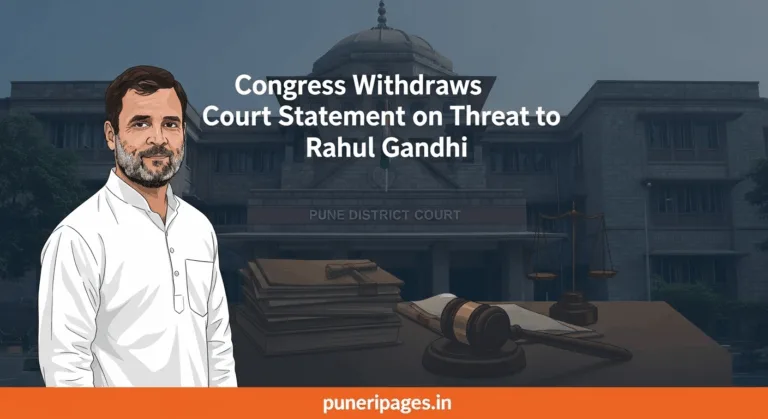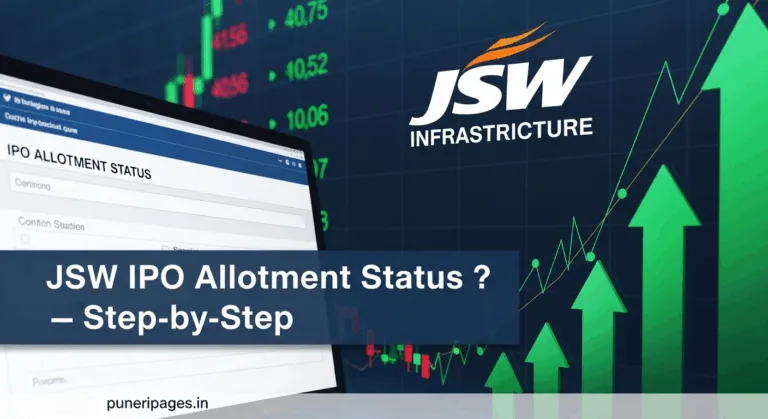
Visualizing Maharashtra’s new 10% spending cap for District Planning Committees — a major step toward accountable and efficient public spending. | puneripages.in
By Prashant for PuneriPages.in
Think about this: every year, your local District Planning Committee (DPC) gets a budget to spend on important projects — but they have to use it all by March 31st, or it disappears. Sounds stressful, right? What usually happens is a mad rush to spend whatever’s left in the final days of the year, sometimes buying things they don’t really need, just so the money isn’t wasted. This has been going on for years in Maharashtra.
But here’s the good news: the government just put a new rule in place to stop this last-minute spending frenzy. Now, DPCs can only use 10% of their annual funds for direct purchases — meaning buying stuff without a proper bidding process. The other 90% has to go through a clear, competitive tendering system. This little change could actually make a big difference in how your hard-earned tax money is used.
Table of Contents
So, what exactly is this 10% spending rule?
Simply put, DPCs plan and run local development projects in your area. Before, many of them could buy a big chunk of things directly, without going through official tenders. That’s how you get rushed, messy spending right at the year-end, the infamous “March Rush.”
Now, with the new Government Resolution, only 10% of their yearly funds can be spent like that. The rest must be spent through a transparent, planned, and competitive e-tender process. This helps ensure that every rupee is spent wisely and openly.
Why did the government feel the need for this rule?
Well, let’s be honest — last-minute spending often means paying more than necessary, buying things that might not even be important, and unfortunately sometimes opens the door for corruption. By putting this cap in place and forcing tenders, the government wants DPCs to plan their purchases better and get the best value for your money.
What does this mean for government purchases going forward?
Now, DPCs have to get organized early in the year, put out tenders online, and let vendors compete fairly for contracts. This not only makes the whole process more transparent but also means your money is more likely to be spent efficiently. Of course, some officials worry that it might slow down urgent purchases, but overall, this is a positive move toward responsible spending.
Here’s a quick look at the difference:
| What Happened Before | What’s Changing Now |
|---|---|
| Large chunk of funds spent directly, no tender needed | Direct purchases limited to 10% only |
| Last-minute spending rush in March | Spending is planned and spread out |
| Higher risk of corruption due to no competition | Tendering process brings accountability |
| Prices often inflated, quality sometimes poor | Competitive pricing means better quality |
How can you keep an eye on this?
- Find your local DPC: Every district has one, responsible for local projects. Check their official websites or Maharashtra government portals to learn more about your DPC.
- Look out for tenders: Visit government e-procurement sites to see what tenders your DPC is floating. More tenders mean the new rule is kicking in.
- Use your RTI rights: If you ever suspect something fishy or want detailed info, file a Right to Information (RTI) request. After all, it’s your right to know how your money is being spent.
What are experts saying?
Retired bureaucrat Mr. Ramesh Kulkarni puts it well: “This 10% limit is a big step forward. It pushes committees to plan better and makes it harder to misuse funds. It’s great for local governance accountability.”
Why should you care?
Because this is your money we’re talking about. Your taxes should be spent carefully, transparently, and for real community benefits — not wasted in a mad last-minute rush. This rule won’t fix everything overnight, but it’s a vital reform to help make sure that your money is handled properly at the local level.
If you ever wondered what happens behind the scenes with government spending, this is a clear sign that things are moving in the right direction. More planning, more transparency, and more respect for the taxpayers’ hard-earned money.






